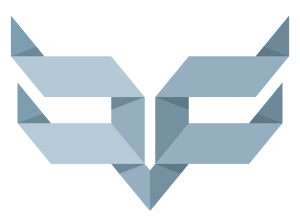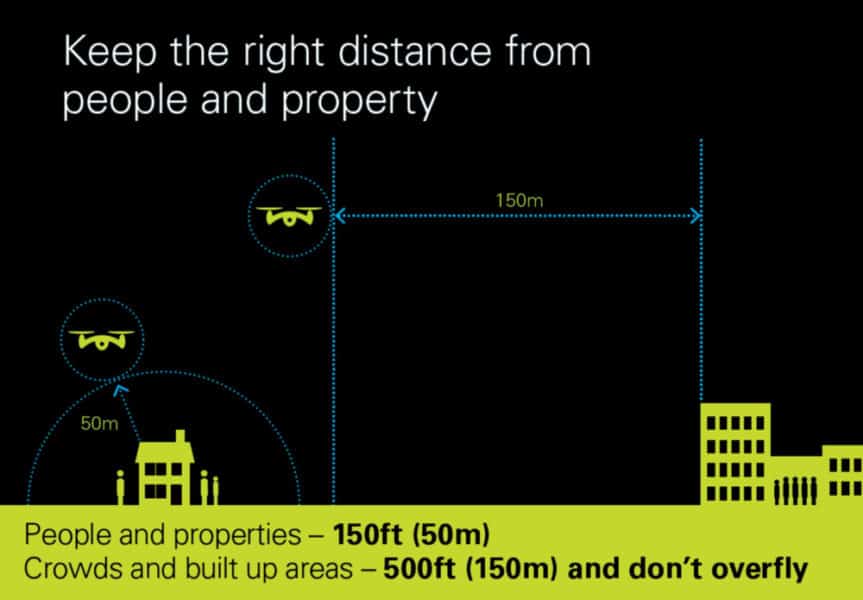
The First Quadcopters
You can’t avoid reading news about drones these days and it’s not always favourable coverage. You’d be forgiven for thinking that quadcopters are a modern invention but actually the first one ever invented was in 1920. It was a piloted craft invented by Etienne Omnichen and it made over 1000 successful flights. This was the forerunner for it’s unmanned relatives that are taking photography and videography to new heights today.
The first commonly acknowledged use of the word ‘drone’ was in 1936 where remote controlled airplanes were used for target practice in the US navy and that’s pretty much where they stayed until the 1960s where the use of unpiloted aircraft for various purposes became more popular. Of course it is in the last decade when the full potential of these light and agile flying machines has begun to be realised and they can really offer some exciting new opportunities, but it’s interesting to know how far back their roots stretch.
The Importance of Solar Panel Inspections in Spring
Spring and summer are peak months for solar energy production—ensure your panels are operating efficiently with a professional thermal imaging inspection. Compliance with IEC62446-3:2017 is essential for both commercial and domestic systems, helping to prevent faults, optimise performance, and maintain insurance coverage. Book your inspection today!
Facebook, Instagram and Threads Removal
Departing Facebook, Twitter, and Instagram to Uphold Ethical Principles In an era increasingly shaped by the influence of powerful social media platforms, Drone Media Imaging has made the principled decision to leave Facebook, [...]
In Thermography what is the difference between Quantitative vs Qualitative analysis
Quantitative and qualitative thermography are two essential methods in thermal imaging analysis. Quantitative thermography measures exact temperature values, while qualitative thermography focuses on pattern recognition. Both play a crucial role in building inspections, electrical fault detection, and industrial diagnostics. Understanding their differences helps professionals choose the right approach for accurate thermal assessments. Drone Media Imaging provides expert thermographic services, ensuring precise, reliable results. Contact us today for professional thermal imaging analysis.
Expert Infrared Inspections for Accurate Thermal Assessments
Need professional thermographic analysis for your project? Our certified experts use the latest infrared technology to deliver precise results. Contact Drone Media Imaging today for expert thermal imaging services.












